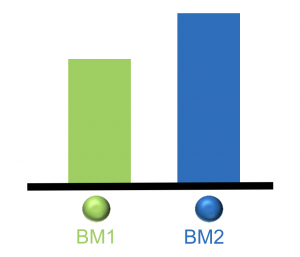Laboratory score for predicting cardio-toxicity

Tech ID
19-007
Inventors
P. Kavsak
S. Dhesy-Thind
S. Mukherjee
Patent Status
Provisional patent filed
Stage of Research
Proof of principle data available
Contact
Sunita Asrani
Associate Director
Business Development and Copyright
Abstract
Minimizing the risk of cardiotoxicity is an essential consideration in tailoring medical treatments involving anticancer therapy. Current methods of cardio-toxicity management and detection are based on physical examination, assessment using echocardiography, and endomyocardial biopsy. Unfortunately, these methods either have low diagnostic sensitivity, low predictive power in detecting subclinical myocardial injury, or are impractical due to invasiveness. These methods only identify cardiac damage after the onset of cardiac dysfunction. Thus, a novel algorithm to detect risk of cardiotoxicity is advantageous, using a combination of easily detectible cardiac biomarkers in the blood.
Applications
- Identify patients who are at risk for cardiotoxicity and a reduction in left ventricular ejection fraction (LVEF)
- Guide treatment in patients exposed to therapies with potential cardiotoxicity
Advantages
- Identify patients that will experience cardiotoxicity when other cardiac biomarkers cannot
- Cost-effective diagnostics tool for early identification of patients susceptible to cardiotoxicity from all medical treatments
- Increased sensitivity and non-invasive approach

